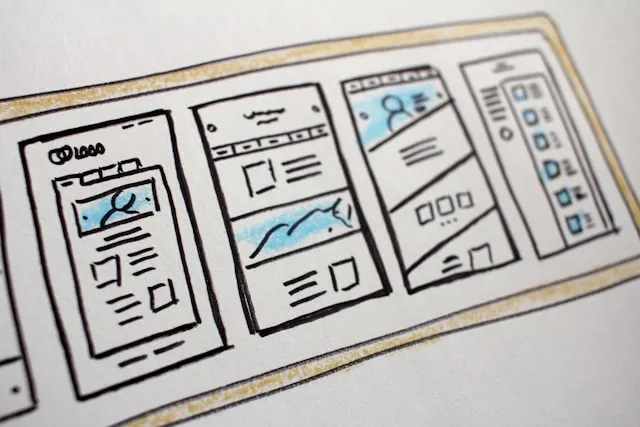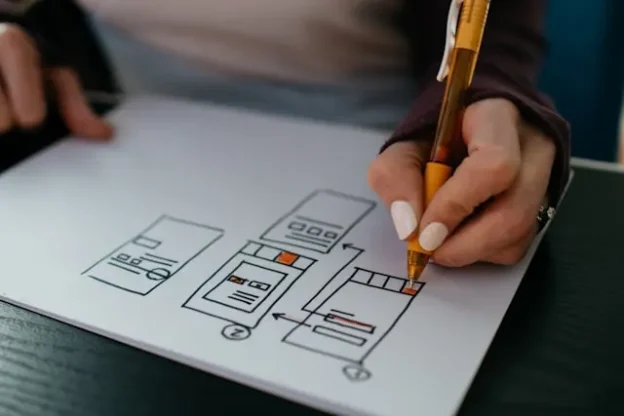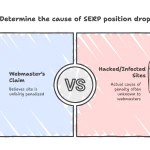That wily fox Matt Cutts once again set about the clucking SEOs this month with a Twitter announcement that Google were making changes to their algorithm focusing on page layout.
Google uses aspects of page layout as one of the signals that determines SERP ranking. They are especially concerned that, all else being equal, they don’t rank pages highly when the ‘above the fold’ portion of the page does not contain useful content for visitors. What that generally means is that they would rather web site owners didn’t fill the part of the page that first appears to visitors with adverts and bury the content further down the page.
Unfortunately, Google, with their usual lack of clarity, has failed to stipulate exactly what constitutes good content ‘above the fold’, but the common sense approach is usually best. Google tend to attempt to put themselves in the place of their users, and ask what is that user likely to find most useful. They may get that wrong fairly frequently, but absent any better data, this is probably the best approach for website owners too.

But, as with all things Google algorithm related, there’s a careful balancing act involved between multiple factors. Google considers page layout as one of over 200 different factors when determining ranking position. Unless the layout is particularly bad, and if the content is high quality compared to competitors for the relevant keywords, the effect should be fairly minor.
There are numerous prominent sites
Some sites choose large graphics at the top of their pages. The Verge is a good example. They use very large headlines and images. These often extend below the fold on their articles. The text content is often pushed far down. This happens below the first screen’s view (depending on screen size). It’s a design choice. It strongly establishes the site’s brand and personality. It doesn’t hurt their traffic at all.
On the other hand, many affiliate sites have little meaningful content. They have many banners and ads at the top. Google is targeting these kinds of sites with its updates. However, these sites will also face other penalties related to Panda and Penguin. So, the layout update will just be one of many reasons they won’t do well.
The best response is probably to wait and see whether a particular site seems to be affected, and adjust accordingly. However, you shouldn’t expect to see immediate results, Cutts has warned that it will take some time for the crawlers to re-index a sufficient number of a site’s pages to register layout changes, possibly several weeks.
Have you seen your sites affected by the page layout update? Do you think it’s a good idea? Feel free to vent your frustration (politely) or voice your approval in the comments below.




